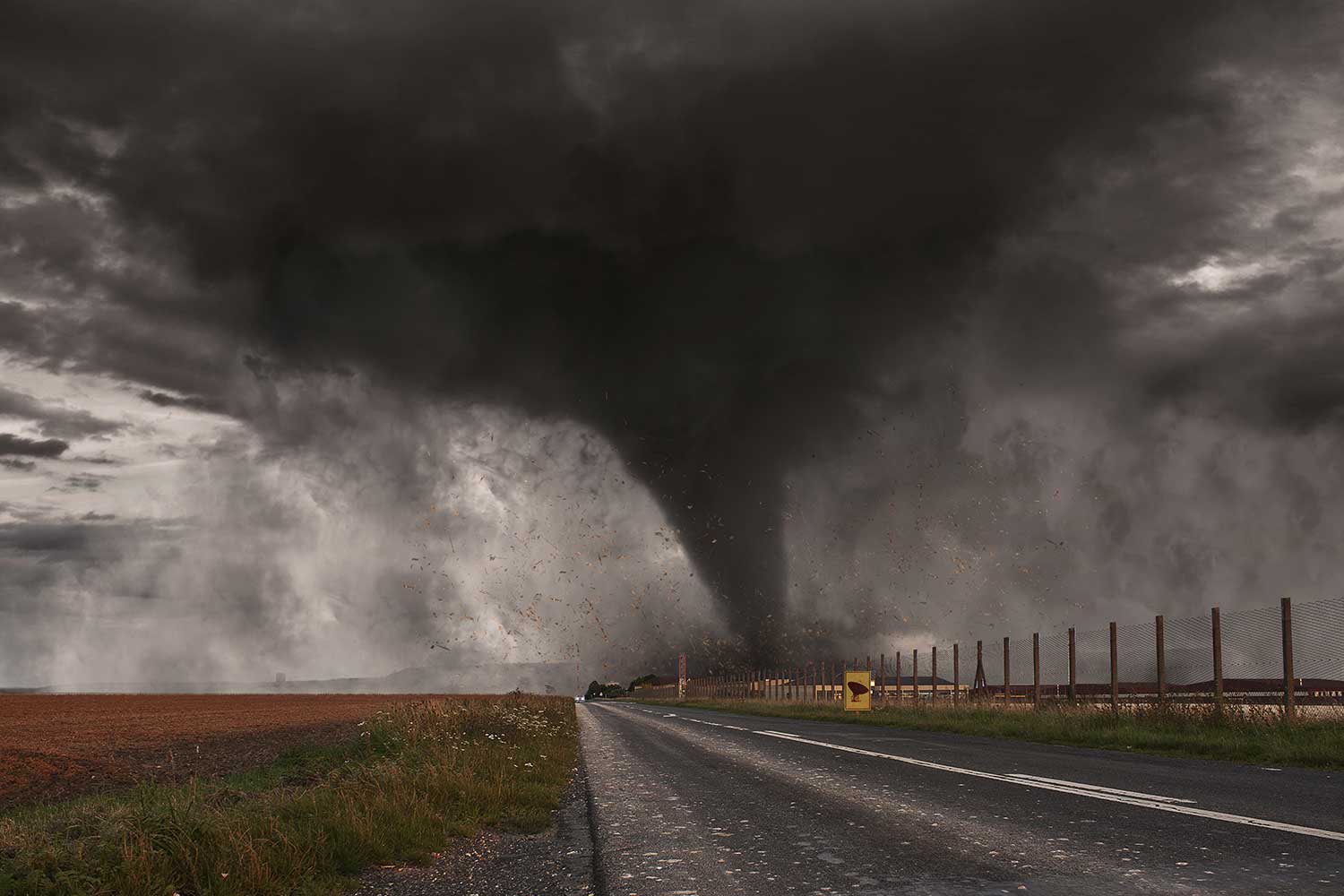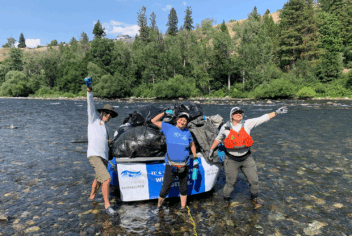Chances are you’ve seen the movie Twister at least once before. If so, you probably remember the opening scene, where the father rushes his family into their home’s storm cellar as a tornado approaches, with just enough time to save them, but not himself.
Even though it’s just a movie, had this been real life, the entire family may have survived had they been more prepared and had a plan in place.
The fact is, we’ve nearly all experienced some form of severe weather. Some have even faced a full-blown natural disaster, such as an earthquake. Knowing what environmental risks your nonprofit is most likely to encounter is the first step toward being prepared in the event of an emergency.
And don’t just consider high impact incidents like hurricanes and tsunamis. Did you know that the National Weather Service states that extreme heat kills more people than hurricanes, floods, tornadoes, and lightning combined?
When extreme weather or a natural disaster is imminent, it’s too late to plan.
Every organization should have a comprehensive emergency preparedness plan, including a section for weather and natural disasters.
Besides the major benefit of providing guidance during an emergency, developing an emergency preparedness plan has many other advantages, and you may discover unrecognized conditions that could aggravate an emergency situation and can work to eliminate them in advance.
If disaster does strike, are you confident in your ability to quickly secure your nonprofits’ clients, employees, volunteers, and facilities? If not, walking through risk scenarios will help determine your readiness.
Start by assessing your risk for various natural-disaster scenarios. If you’re in the Eastern U.S, you may need to prepare for hurricanes and severe winter storms. Nonprofits in the Midwest and the South are at risk for tornadoes, and West Coast nonprofits are subject to and should prepare for disasters such as earthquakes, mudslides, and wildfires.
Good emergency planning takes the cooperation of individuals across your organization.
Consider building a cross-functional team, clearly defining the roles and responsibilities of each member, and once your team is in place, develop an action plan to define how your organization will respond to likely disasters.
Be sure your plan includes emergency supplies, such as: non-perishable food, bottled water, battery-powered radios, first aid supplies, flashlights, batteries, duct tape, plastic sheeting and plastic garbage bags.
Planning is necessary in order to avoid risks and potentially even save lives.
Be sure to know the difference between a weather watch and a weather warning.
A weather watch means there is a possibility of an incident. Conditions are right for the weather, but nothing has happened yet. No response is needed other than keeping informed and being prepared.
With a weather warning, severe weather has already been seen or is expected. This is serious, and appropriate actions should be taken. Your plan should take advantage of such warnings with, for example, instructions on sand bagging, removal of equipment to needed locations, providing alternate sources of power, light or water, extra equipment, and relocation of personnel with special skills.
Once your plan is in place, training is important. Your staff and volunteers need to clearly understand what to do in the event of an emergency, and be comfortable in carrying out any assigned responsibilities.
Be sure to do some drills or live practice so people are prepared to respond in an emergency situation.
While it’s impossible to prevent these incidents, preparation can mean the difference between temporary disruption and sustained disaster for your people and your operations.
Here are some additional resources to assist you in developing and enhancing your organization’s emergency preparedness plan:
- Centers for Disease Control and Prevention (CDC) – Natural Disasters and Severe Weather
- National Weather Service — Disaster Preparedness
- Federal Government — Business Preparedness
- Small Business Administration (SBA) — Prepare for Emergencies
- Federal Emergency Management Agency (FEMA) — Preparedness Checklists & Toolkits





